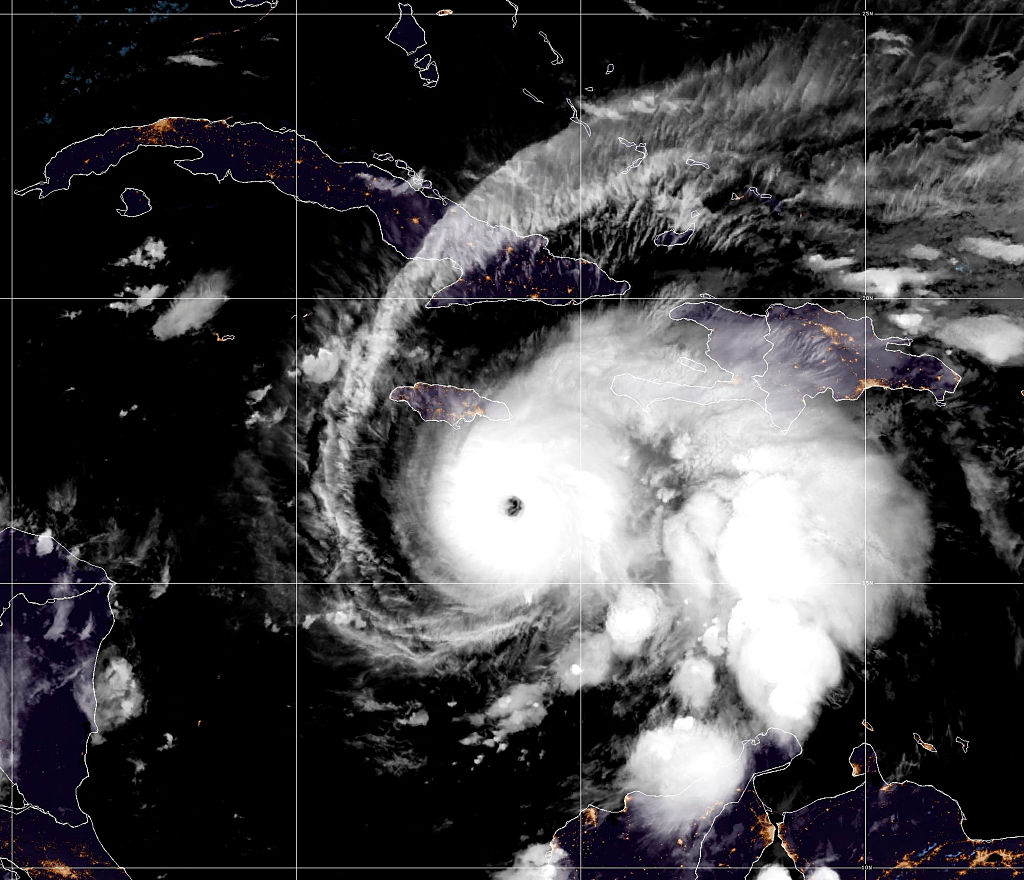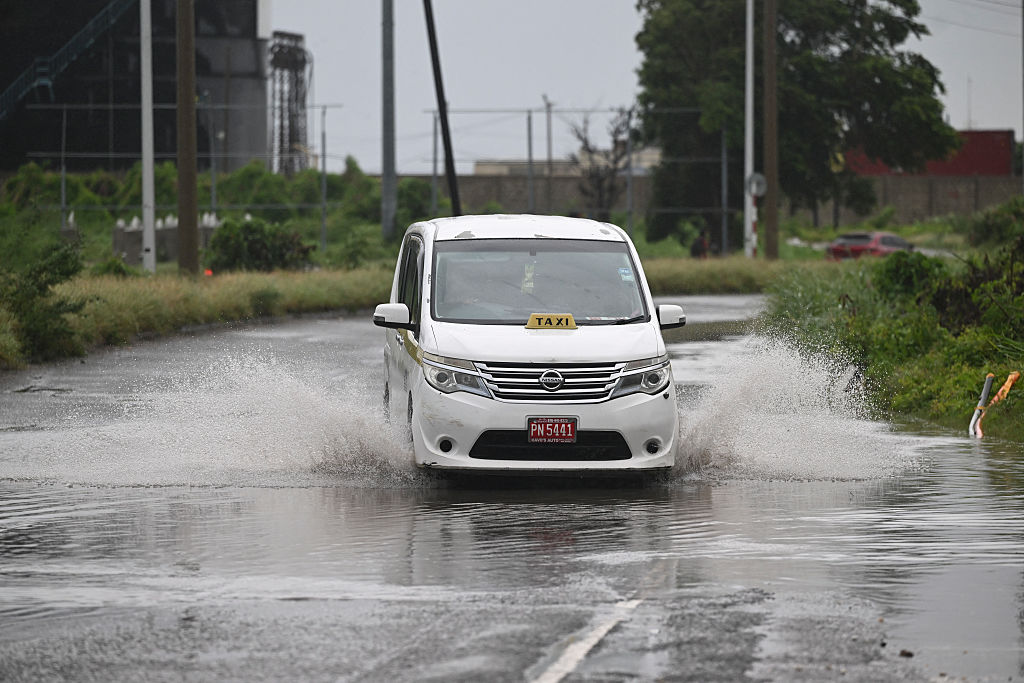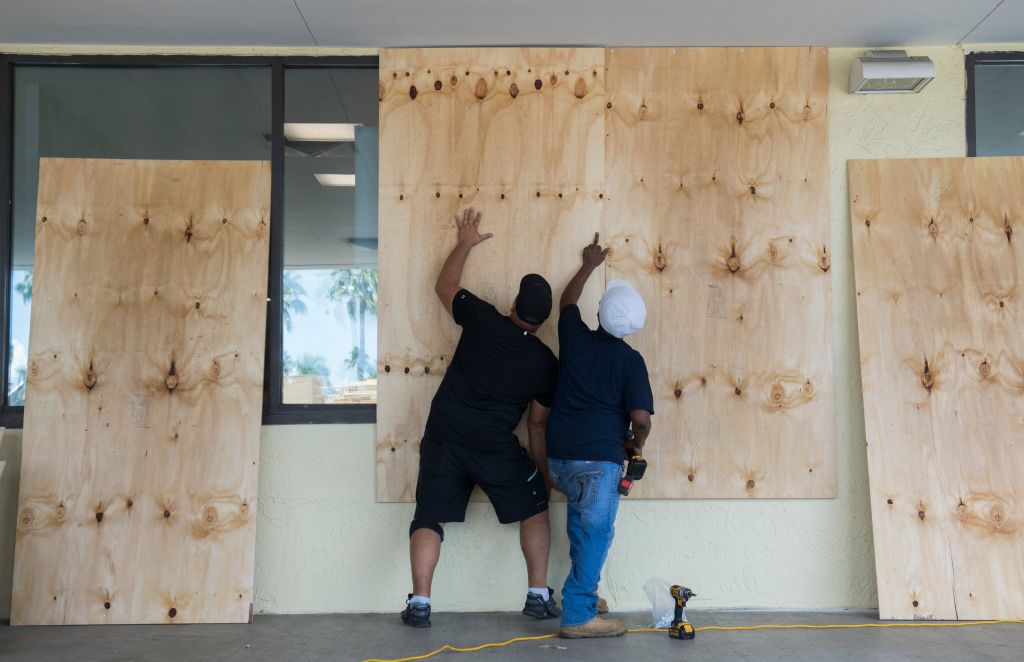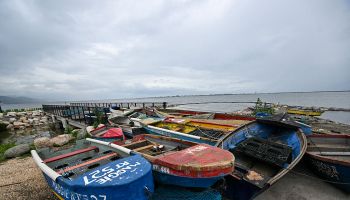Hurricane Melissa Hits Jamaica & Carribean: How To Stay Safe
Hurricane Melissa Hits Jamaica And The Caribbean: How To Stay Safe And Recover

Hurricane Melissa intensified into a powerful Category 5 storm early Monday, with forecasters warning of “catastrophic flash flooding, life-threatening landslides and extremely strong winds” across the Caribbean, according to NBC News. The core of the hurricane is projected to make landfall in Jamaica early Tuesday, Oct. 28, and move across southeastern Cuba late Tuesday night as a Category 3 hurricane, before blasting across the southeastern Bahamas on Wednesday as a Category 2 storm.
Where is Hurricane Melissa now?

According to a warning from the National Hurricane Center, as of 11:00 AM EST, the center of Hurricane Melissa was located about 145 miles from Kingston, Jamaica, and nearly 330 miles from Guantanamo, Cuba. The advisory noted that “preparations to protect life and property” should be completed in Jamaica and ”rushed to completion” in Cuba.
Maximum sustained winds are near 165 mph (270 km/h) with gusts set to reach higher levels in the coming days. Some fluctuations in intensity are likely before landfall in Jamaica, but Melissa is expected to arrive in Jamaica and southeastern Cuba as an extremely powerful major hurricane and will still be at hurricane strength when it crosses the southeastern Bahamas. The advisory noted that hurricane-force winds will extend outward up to 30 miles (45 km) from the center, and tropical-storm-force winds will extend up to 195 miles (315 km) from the center when it does hit.
Hurricane Melissa is also expected to bring heavy rainfall across the Caribbean, with Jamaica set to receive 15 to 30 inches, increasing the risk of catastrophic flash flooding and landslides. Eastern Cuba is forecast to get 15–20 inches, with locally higher totals, potentially causing life-threatening flash flooding and numerous landslides from Monday into Wednesday. Heavy rainfall will also hit the southeastern Bahamas, with 4 to 8 inches expected Tuesday into Wednesday, creating the possibility of flash flooding in affected areas.
Residents in Jamaica are taking cover.
It’s been close to 13 years since a hurricane made landfall in Jamaica. The last significant storm to strike the Caribbean country occurred in 2012 when Hurricane Sandy made landfall as a Category 1 hurricane. Prior to that, Hurricane Gilbert hit in 1988 as a Category 3 hurricane, according to The Weather Channel.
As the storm approaches, residents are preparing to take cover. The U.S. National Hurricane Center in Miami urged people in Jamaica to go to shelters and stay there during the hurricane to protect themselves from the dangerous impact. Jamaica’s minister of local government and community development, Desmond Mackenzie, said that 218 people were already in some of the country’s 881 shelters, according to NBC News. As of Monday morning, all shelters were open, though many were still not full. Mackenzie warned that many Jamaican communities “will not survive this flooding.”
Residents were also preparing for the worst over the weekend, filling up gas canisters, boarding up windows, and zookeepers in the capital were relocating animals ahead of the storm.
Cuba, Jamaica, and the Bahamas aren’t the only areas that will be impacted by Hurricane Melissa. Tropical storm conditions are also expected in Haiti late Tuesday and Wednesday, and potentially in the Turks and Caicos Islands.
How do you protect yourself in a Category 5 hurricane?

According to the National Weather Service (NWS), individuals and families should take several critical steps to protect themselves during a Category 5 hurricane. First, know your zone by determining whether you live in a hurricane evacuation area, and contact your local emergency management office for guidance.
Have a family emergency plan in place that outlines how you will contact each other, where you will go, and what you will do in an emergency, keeping a copy of the plan in your emergency kit or another accessible location. Assemble an emergency supplies kit with essential items, and check equipment such as flashlights, generators, storm shutters, and other tools you’ll need.
Review your homeowners’ insurance to make sure your coverage is adequate, and familiarize yourself with NWS forecast products so you understand the difference between watches and warnings.
Secure your home by covering all windows—ideally with permanent storm shutters, or with 5/8-inch exterior-grade or marine plywood cut to fit—and purchase supplies before the pre-storm rush. Stock up on water and non-perishable items, like canned vegetables or canned meats, so that you have food that does not require cooking should the power in your area go out or if stores are inaccessible.
Stay tuned to your local NWS office, emergency management websites, and NOAA Weather Radio or TV stations for the latest updates. Finally, always follow instructions from local officials and evacuate immediately if ordered. Stay safe and remain alert as Hurricane Melissa approaches.
SEE MORE:
Hurricane Season: How Black Families Can Better Prepare
Facts About Hurricane Katrina Everyone Should Know
Hurricane Melissa Hits Jamaica And The Caribbean: How To Stay Safe And Recover was originally published on newsone.com










